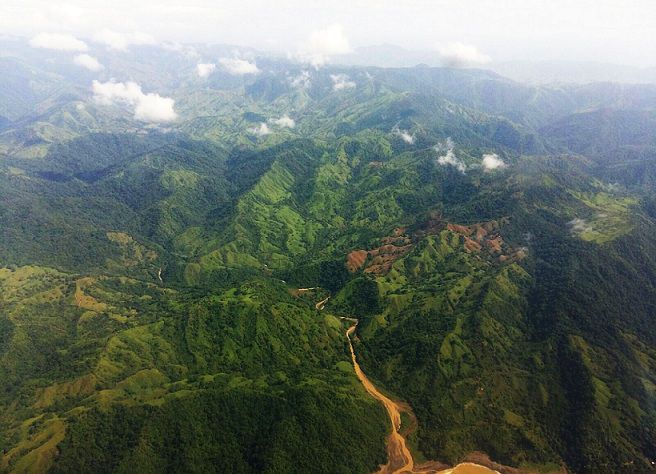New plant, bird and animal discoveries in national park

MARIATO, Veraguas. Around 30 endemic plant species have been found in the Cerro Hoya National Park, confirmed reports the Panama Wildlife Conservation Foundation, which has been developing research projects in the biodiversity jewel in the heart of Azuero a destination for eco-travelers when Panama’s tourism doors reopen
Also found were 225 species of birds some of them new to science; Endemic subspecies of primates, amphibians and unique reptiles and threatened land mammals.
Examples ple are the green macaw, the Azuero parakeet, the three-nosed ridge bird; Azuero’s spider monkey; the Azuero frog, the leatherback sea turtle; the jaguar, the puma, and the last stands of mountain oaks, a tropical conifer.
The foundation has been developing research projects to increase the knowledge of the biodiversity of this area that has included taxonomic groups such as beetles, night butterflies, sea turtles, and land mammals; with the support of specialists from England, France, the United States and Panama.
The Cerro Hoya National Park (PNCH) on the Azuero peninsula, was created in 1985 to protect an area of 32,557 hectares, of which approximately 23,000 are preserved intact, 5,500 are deforested and 4,000 are marine areas.
Although the protected area is located about 150 km from the central mountain range, it shares ecological aspects of the Talamanca mountain forests, which extend from Costa Rica to the Tabasará range in central Panama.
Among its high peaks are Cerro Playita, Cerro La Barra, Cerro Sierra, and Cerro Hoya that reaches 1556 meters.
Despite its importance, the PNCH is an island of montane forest, surrounded by a sea of deforested areas but its isolation has favored the protection of the fauna and flora that inhabits there, as well as evolutionary processes leading to the appearance of unique species on the planet.





